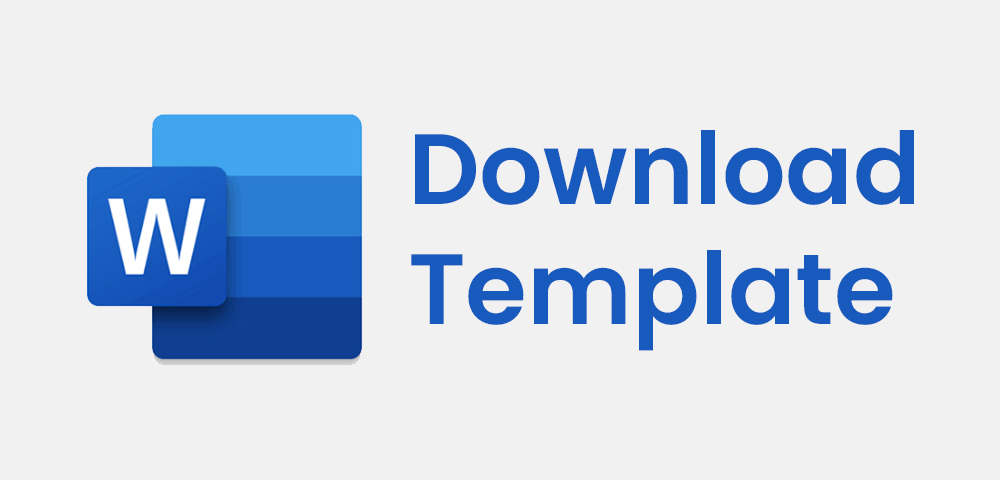IMPLEMENTATION OF CANVA-BASED INTERACTIVE GAMES IN INCREASING STUDENTS' INTEREST IN LEARNING ARABIC AT MTSN 1 MEDAN-NORTH SUMATERA
DOI:
https://doi.org/10.59548/rc.v1i2.286Keywords:
Learning Interest, Interactive Game, CanvaAbstract
The low interest in learning Arabic is one of the problems in learning Arabic. Interest in learning Arabic has a very important role in supporting the abilities of the four maharah in Arabic. The purpose of this study is to provide a solution to the low interest in learning Arabic of class VII-D MTsn 1 Medan students through the implementation of interactive games based on canva. The research method used in this study is a qualitative method with a descriptive qualitative approach, while data collection techniques use interviews, observations and documentation. The results of the study indicate that the implementation of interactive games based on canva has a very important role in increasing the interest in learning Arabic of class VII-D MTsn 1 Medan students, through the implementation of interactive games based on canva students become more active and enthusiastic in learning Arabic this is shown through the results of observations and interviews with students and Arabic teachers.
References
Andi, A. (2019). Development of Learning Interest in Learning. Idaarah: Journal of Education Management, 3(2), 205. https://doi.org/10.24252/idaarah.v3i2.10012
Archu, A. (2019). Development of Learning Interest in Learning. Idaarah Journal, III(2), 205-215.
Arief, G. R. R. (2020). Reasons Students Don't Like Arabic. Fitk Uin Malang.
Ariyanti, H., Syaikh, I., Siddik, A., & Belitung, B. (2021). Arabic Learning Strategies in Increasing the Interest in Learning Arabic for Class VII Students of MTs Nurul Muttaqin Simpang Tiga. Al-Mu'arrib: Journal of Arabic Language Education, I(1), 45-55.
Button, W. H. (n.d.). The Guidance of Learning Activities A Summary of the Principles of Teaching as Based Upon the Principles of Learning.
Faizah, H., & Kamal, R. (2024). Learning and Learning. Basicedu Journal, 8(1), 466-476. https://doi.org/10.31004/basicedu.v8i1.6735
Liskinasih, A., Sulistyo, T., & Purnawati, M. (2023). Training on Making Interactive Game Learning Media with Canva for Elementary School Teachers. Journal of Community Service, 3(2), 89-95. https://doi.org/10.56393/jpkm.v3i2.1810
Mahfuzatul, N. (2023). Development of Canva-based Interactive Media in Class IV of Alwasliyah Ampera II Elementary School. University of Muhammadiyah North Sumatra.
Manangin, N., Bahri, R. B. H., & ... (2024). Development of Canva-based Interactive Media on Mufrodat Learning for Class IV MIN 2 Gorontalo Regency. Al-Kalim: Journal of ..., 3(1).
Nasrulloh, M. F., Nasoih, A. K., Satiti, W. S., & Khansa, S. (n.d.). Overcoming Arabic Learning Problems through Arabic Language Training and Games. 1(1), 16.
Nasution, N. S., & Lubis, L. (2023). The Urgency of Arabic Language Learning in Islamic Education. Simki Pedagogia Journal, 6(1), 181-191. https://doi.org/10.29407/jsp.v6i1.227
Nasution, S., Asari, H., Al-Rasyid, H., Dalimunthe, R. A., & Rahman, A. (2024). Learning Arabic Language Sciences Based on Technology in Traditional Islamic Boarding Schools in Indonesia. Nazhruna: Journal of Islamic Education, 7(1), 77-102. https://doi.org/10.31538/nzh.v7i1.4222
Nugraheny, D., & Destiranti, A. (2017). Application of Interactive Edugame for the Introduction of Indonesian National Customary Clothing. Angkasa: Scientific Journal of Technology, 8(1), 137. https://doi.org/10.28989/angkasa.v8i1.139
Nurfadhillah, S., Ningsih, D. A., Ramadhania, P. R., & Sifa, U. N. (2021). The Role of Learning Media in Increasing Student Learning Interest at SD Negeri Kohod III. PENSA: Journal of Education and Social Sciences, 3(2), 243-255.
Nurhasanah, S., & Sobandi, A. (2016). Learning Interest as Determinant of Student Learning Outcomes. Journal of Office Management Education, 1(1), 128-135.
Pauseh, A. N., Azmi, N. N., & Pranata, A. (2022). Analysis of Arabic Language Learning Difficulty Factors and Solutions to Improve Learning Outcomes. Armala, 3(1), 47-56.
Rahim, A., Yusnan, M., & Kamasiah, K. (2021). Student Learning Interest Development System in the Learning Process at Elementary School. TAKSONOMY: Journal of Basic Education Research, 1(1), 43-51. https://doi.org/10.35326/taksonomi.v1i1.3152
Ramdhani, M. Y., Ahyar, D. B., Hasanah, M. M., Ramdani, A. P., Sudarajat, A. R., Al, S., & Cipulus, B. (2024). Optimizing Canva as an Interactive Arabic Learning Media at Blkk Anwariyah Sukajaga. Journal of the Center for Research and Community Service, 3(1), 81-87.
Setiawati, S. M. (2018). THEORETICAL REVIEW: WHAT IS LEARNING? Journal of Guidance and Counseling FKIP UNIPA, 35(1), 31-46.
Sugiyono. (2016). Quantitative Qualitative and R&D Research Methods. Alfabeta.
Sutopo, A. H. (2003). Interactive Multimedia with Flash. Graha Ilmu.
Tarigan, D., & Siagian, S. (2015). Development of Interactive Learning Media in Economic Learning. Journal of Information & Communication Technology in Education, 2(2), 187-200. https://doi.org/10.24114/jtikp.v2i2.3295
Downloads
Published
How to Cite
Issue
Section
License
Copyright (c) 2024 Fadlan Rawi Nasution, Nayla Khalisa, Arjuna Dwi Maulana, Sakholid Nasution

This work is licensed under a Creative Commons Attribution 4.0 International License.
- Share — copy and redistribute the material in any medium or format for any purpose, even commercially.
- Adapt — remix, transform, and build upon the material for any purpose, even commercially.
- The licensor cannot revoke these freedoms as long as you follow the license terms.
Under the following terms:
- Attribution — You must give appropriate credit , provide a link to the license, and indicate if changes were made . You may do so in any reasonable manner, but not in any way that suggests the licensor endorses you or your use.
- No additional restrictions — You may not apply legal terms or technological measures that legally restrict others from doing anything the license permits.
Notices:
You do not have to comply with the license for elements of the material in the public domain or where your use is permitted by an applicable exception or limitation .
No warranties are given. The license may not give you all of the permissions necessary for your intended use. For example, other rights such as publicity, privacy, or moral rights may limit how you use the material.










 Psikotes: Jurnal Ilmu Psikologi, Komunikasi dan Kesehatan by
Psikotes: Jurnal Ilmu Psikologi, Komunikasi dan Kesehatan by 
